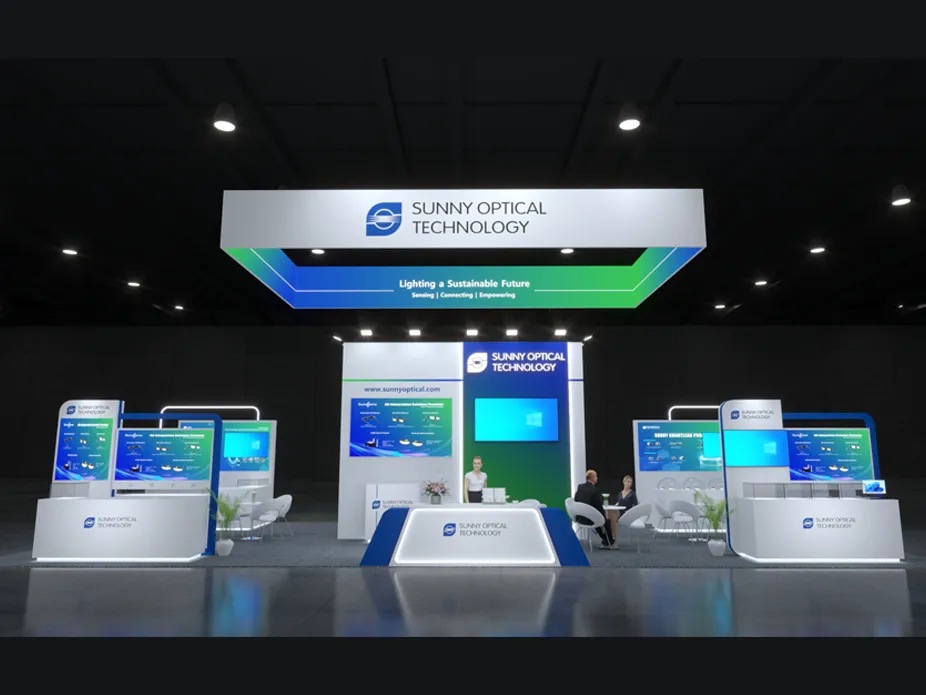Vehicle lenses are an important component of ADAS sensors, and the overall market is growing rapidly. When it comes to vehicle lens, people's attention may be more focused on the current industry chain, such as the shortage of CMOS sensors and chip semiconductors. However, there is less discussion on the production details.
Generally speaking, "car-grade" is synonymous with quality, which means strict product performance. This is because automotive products will encounter various extreme environments in various application scenarios, such as the super high temperatures generated under the sun in summer and the super low temperatures below zero in the north in winter, as well as damage caused by rain and high-pressure car washing.
In addition, automotive safety involves the life safety of drivers and passengers, so "car-grade" must ensure that the product can be used normally in these extreme environments.
For vehicle lens products, the basic car standards generally include the following seven aspects:
Temperature resistance: it needs to be able to work normally in the range of -40℃~85℃ and adapt to the drastic temperature changes;
Shock resistance: vehicles will produce strong vibrations on uneven roads, so they must be able to resist various intensities of vibration;
Anti-magnetic: when the vehicle starts, it will generate extremely high electromagnetic pulses, requiring extremely high anti-magnetic performance;
Waterproofing: vehicle lenses need to be tightly sealed and can be used normally even after being immersed in rainwater for several days;
Service life: the service life must be at least 8-10 years to meet the requirements;
High dynamics: since vehicles travel at high speeds and the lighting environment facing the camera changes dramatically and frequently, the camera's CMOS must have high dynamic characteristics;
Low noise: it can effectively suppress noise in dim lighting conditions, especially for lateral and rear-view cameras, which need to capture clear images even at night.
The above are only general requirements. There will be more detailed requirements for different application environments. For example, a panoramic view requires an ultra-wide angle, which is at least 135°, and it is known that some applications require 210°.
As the core optical component of the camera, the optical performance of vehicle lenses in different positions will have certain differences in addition to the basic requirements for tolerating extremely hot and cold environments, service life, waterproofing, and dustproofing.
Next, we will discuss the lens characteristics of different products from front (ADAS), rear, panoramic and interior views (gesture recognition, facial recognition (eye monitoring), etc.), and intelligent electronic mirrors.
Front view (including ADAS and automatic driving sensors)
Front view cameras are mainly used in lane departure warning, intelligent high beam control, front collision warning, overspeed warning, ACC cruise control and other scenarios.
The optical requirements are:
Continuous stable focusing characteristics and thermal compensation characteristics, which can maintain stability under different temperature conditions;
High light transmission characteristics, ensuring good imaging effect under low illumination conditions;
Clear imaging effect, being able to effectively capture and distinguish object details;
Glare, ghosting control, improving interference from strong front lights of the car headlights etc.
Rear view/panoramic view
Rear view sensors are used in parking assistance, automatic parking and other scenes. The panoramic lens expands the viewing range on the basis of the rear view lens, displaying the complete vehicle environment and some simple recognition.
The requirements for rear-view and panoramic sensors for vehicle lenses are similar and can be roughly divided into the following points:
High waterproofing requirements;
Excellent temperature characteristics to ensure high-definition effect;
Optical distortion correction, providing more realistic scenery.
Interior view
Interior view sensors can be used in gesture recognition, human-machine interaction, as well as facial expression recognition (fatigue monitoring) and other scenes. As a result, the lens of the interior view sensor involves different bands, and different bands are selected for different identifications, requiring a certain amount of light filtration.
Intelligent electronic rearview mirror
Intelligent electronic mirrors are divided into intelligent electronic rearview mirrors (FDM) and intelligent external rearview mirrors (CMS), and the field of view of intelligent electronic rearview mirrors is three times that of traditional rearview mirrors. Nowadays, the policy of replacing vehicle external rearview mirrors with cameras is being promoted globally.
The requirements of intelligent electronic rearview mirrors for vehicle lenses are:
Improving ghosting and interference caused by car headlight illumination;
Even overall image resolution.

【Exhibition Invitation】Visit us at CES 2026!
2025-12-10

Sunny Optical Gets Group LiDAR Standard Approved, Using Innovative Optical Solutions to Unlock Key Step in Mass Production
2025-11-25
![[Exhibition Invitation] Sunny Automotive Optech Invites You to the 26th China International Optoelectronic Exposition (CIOE 2025) [Exhibition Invitation] Sunny Automotive Optech Invites You to the 26th China International Optoelectronic Exposition (CIOE 2025)](/uploads/image/20250908/首图7.webp)
[Exhibition Invitation] Sunny Automotive Optech Invites You to the 26th China International Optoelectronic Exposition (CIOE 2025)
2025-09-08

Inquiry
Excellent Customer Service Ability
Key customer manager mechanism
Oversea supporting points
Excellent Process Control Ability
Fully automated production
DMC traceability management
VDA6.3 / IATF16949 verifications
Excellent R&D Ability
Advanced technology new product development cooperation
Cost-effective optical solution proposal based on customer needs
Ecosystem resource integration